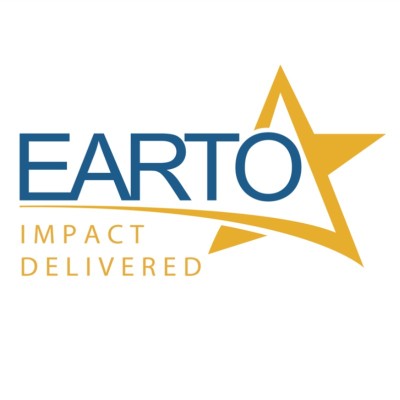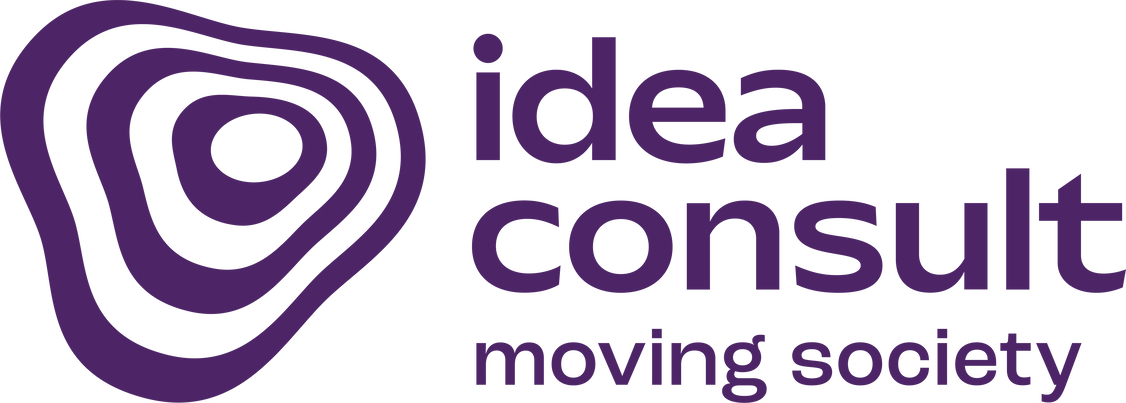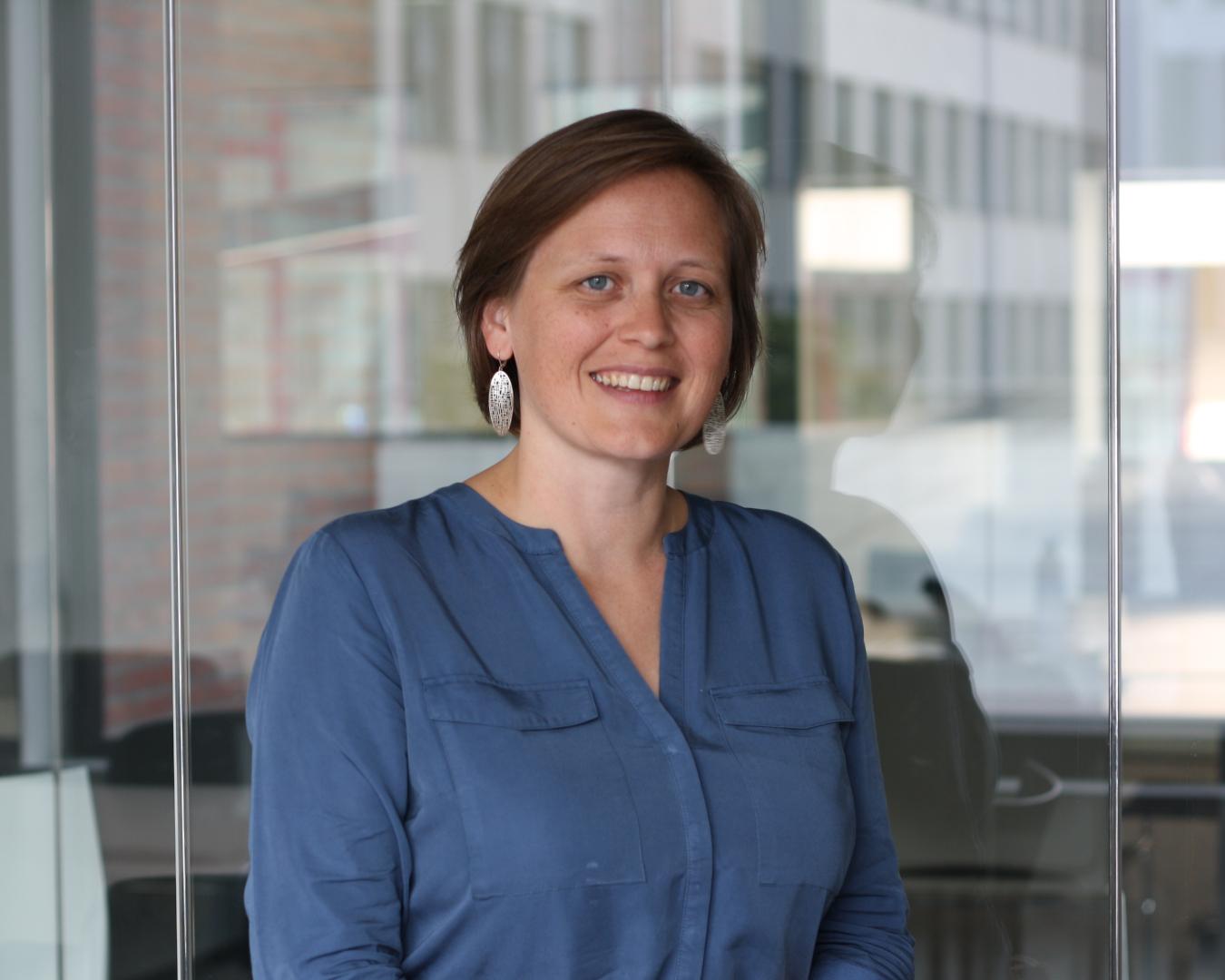We work on more than 300 projects every year.

EARTO Economic footprint 2024
Miriam Van Hoed
The challenge
On behalf of EARTO, IDEA Consult is conducting an assessment of the economic footprint of 15 RTOs for the period 2021-2022. The project aim to evaluate the impact of these organizations’ activities in terms of revenues, value added, and employment. Based on these figures, the fiscal return and the leverage of government grants are calculated. In addition, the impact of technological developments through contract research, collaboration projects, and the creation of spin-offs or startups is also analysed. Finally, the average life expectancy and survival rates of the spin-offs are assessed, along with the outflow of employees to industry as an indicator of knowledge transfer.
The process & results
The approach taken to evaluate the economic impact of RTOs’ activities is multidimensional. Their R&D efforts, often in collaboration with industry partners, lead to the creation of new products, services, and sometimes entirely new industries. This collaboration results in patents and spin-offs, driving innovation and new economic activities. Additionally, RTOs themselves generate business activities by directly employing people, purchasing goods and services, and thus creating indirect and induced employment and added value. For this reasons, in this project, several dimension have been taken into account to capture the full spectrum of the economic contributions made by RTOs:
- Upstream economic impact assessment: Evaluating the economic effects of RTOs’ purchasing activities.
- Downstream economic impact assessment: Assessing the economic effects of RTOs’ sales activities.
- Knowledge transfer indicators: Developing a set of indicators that reflect the economic value of knowledge transfer by RTOs, including:
- Bilateral and collaborative contract research with industrial partners.
- Creation of spin-offs.
- The movement of research staff to industry.
The number of RTOs for which the economic impact is evaluated is 15: CEA, France; DTI, Denmark; EURECAT, Spain; IMEC, Belgium; INESTEC, Portugal; JSI, Slovenia; NIC, Slovenia; RISE, Sweden; SINTEF, Norway; TECNALIA, Spain; TNO, The Netherlands; TYNDALL, Ireland,; VITO, Belgium; VTT, Finland.
In terms of results, the approach taken offers a unique and detailed quantification of the impact of participating RTOs, tailored specifically to their activities. By using micro-data from these RTOs, there is no need to rely on sector averages as multipliers that accurately reflect the specific effects of the RTOs’ activities can be calculated. This approach is crucial, especially when RTO activities significantly deviate from the sector average.
In addition to assessing the economic impact of RTOs’ business activities (including direct, indirect, and induced effects, as well as financial flow-back), the economic impact of selected scientific and technological activities, such as contract research and spin-offs are also evaluated. The indicators and multipliers developed in this project highlight the broader economic contributions of RTOs within the European economy, extending beyond direct employment and value added.
In the project, special attention is also given to infrastructure investments and to the role of SMEs. Furthermore, when grants are received, the fiscal and parafiscal flow-back to the government for each euro of the grant is calculated. Quantifying these effects is a significant value-add for any organization seeking to demonstrate and communicate its economic and societal contributions.

